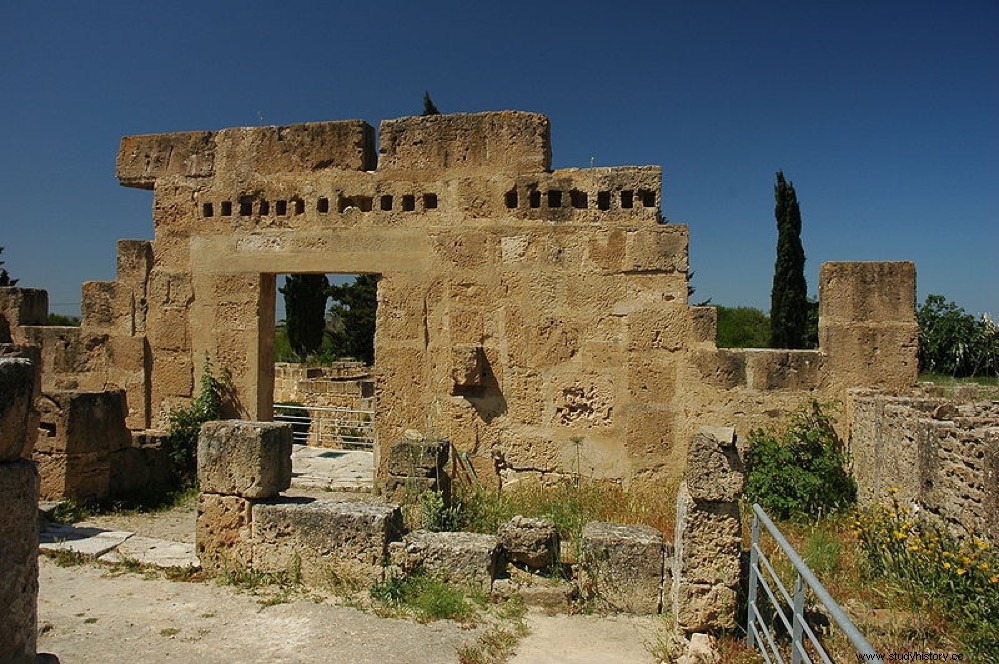Carthage, the city founded in North Africa, in present-day Tunisia, by Phoenician emigrants from Tire at the end of the 9th century BC, was a prosperous state enriched mainly by trade and resources from the western Mediterranean.
The rivalry with the polis of Magna Graecia and Sicily soon led to an open war known as the Sicilian Wars , which lasted for 335 years between 600 and 265 BC. and is therefore considered to be the longest conflict of antiquity.
Once finished, the confrontation with Rome took over, which began with the First Punic War in 264 BC. and, except for brief periods of peace, it would end with the destruction of the city in 146 BC. at the hands of Publio Cornelio Escipión Emiliano after a siege of three years. Flattened and burned to the ground, Carthage would cease to exist until Augustus rebuilt it as a colony for veterans a century later.

But how was Carthage able to withstand a century and a half of conflict with Rome? How did the Carthaginian economy manage to stay afloat with the interruption and blockade of supplies of Mediterranean raw materials and metals, in addition to the imposition of war reparations, by Rome?
A study published by Tunisian researchers and the University of Lyon suggests that it was thanks to the development of mining. The sustainable retreat of Carthage inland during this period of warfare provided the metallic resources, the exploitation of which by the Carthaginians was sufficient to resist the Romans for so long .
The researchers found and analyzed evidence of ancient lead and silver mining in the delta of the Medjerda River in the Gulf of Utica next to the city of the same name. They found that the first phase of mining activity recorded in the sediments occurred during the Sicilian Wars , around 480-307 BC, and coincides with the first minting of Punic coins in Carthage. From that date the Carthaginian economy would be monetized more and more.

The lead isotopic composition of a set of eight deep cores taken in the delta around the city of Utica was measured. According to the researchers, the data obtained provide solid evidence of ancient lead and silver mining in Tunisia, and establish a chronology for its exploitation that seems to follow the main periods of geopolitical instability:the Sicilian Wars and the Punic Wars .
During the last conflict, the data further suggests that Carthage was still able to pay reparations and finance armies despite the loss of its traditional sources of silver supply in the Mediterranean.
